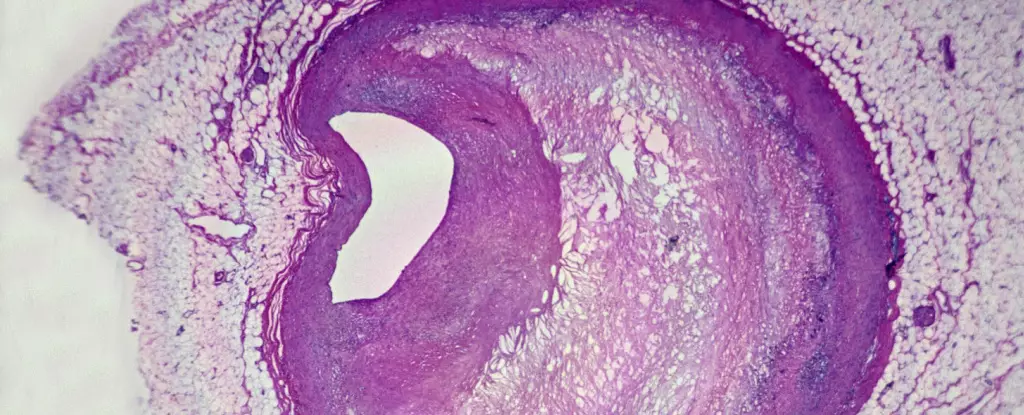In the modern era, plastics have become ubiquitous. These synthetic materials have infiltrated various aspects of our daily lives, from the food we consume to the air we breathe. Alarmingly, recent studies have demonstrated that microplastics—tiny fragments of plastic less than 5mm in size—are now detectable in significant human organs, including the placenta. This raises critical questions about the potential health risks posed by these particles. As microplastics find their way into our tissues, understanding their impact on human health is urgent.
The prevalence of microplastics demands that we examine not just their physical presence but also the implications for human health. Current research predominantly relies on laboratory models and animal studies to assess the biological effects of these particles. While these models offer valuable insights, they often fail to simulate the nuanced complexities of human exposure, leading to questions about the applicability of the findings to real-world scenarios.
A recent investigation from Italy, spearheaded by Raffaele Marfella at the University of Campania in Naples, contributes to this growing body of knowledge. The study examined patients undergoing carotid endarterectomy—a procedure to remove fatty deposits from narrowed arteries known to minimize stroke risk. During the surgeries, researchers discovered microplastics in fatty tissues, prompting an inquiry into the correlation between these particles and health outcomes over an extended follow-up period.
Out of 257 patients tracked for approximately 34 months, nearly 60% exhibited measurable amounts of polyethylene—commonly used in plastic bags and bottles—within their plaques. Additionally, 12% tested positive for polyvinyl chloride (PVC), a versatile plastic utilized in numerous everyday products. These findings not only highlight the alarming prevalence of microplastics in human tissue but also underscore the necessity for comprehensive studies to explore their potential health implications.
The implications of microplastics in the cardiovascular system are particularly concerning. Laboratory studies suggest these particles may instigate inflammation and oxidative stress in heart tissues. Furthermore, they have been observed to impair heart function, alter heart rates, and induce scarring in animal models. As Marfella and his team pointed out, the connection between occupational exposure to plastics and increased cardiovascular disease risk further compels researchers to delve deeper into this issue.
The pivotal question arising from the Italian study is whether the presence of microplastics directly contributes to adverse cardiovascular outcomes. The study noted that patients with detectable microplastics in their plaques were 4.5 times more likely to experience serious cardiovascular events—such as strokes or heart attacks—compared to those without these particles. However, it is essential to recognize the limitations inherent in observational studies, which cannot definitively establish causation.
The intersection of microplastics and health is not yet thoroughly understood. As highlighted in the study, other contributing factors to cardiovascular disease—such as lifestyle choices and environmental pollutants—were not adequately accounted for. Thus, attributing the observed health outcomes solely to microplastics is scientifically premature.
Philip J. Landrigan, a public health expert, aptly framed the study as a breakthrough. He emphasized the pressing need to address the growing exposure to microplastics and to better understand their potential health risks. The production of plastic has surged in recent decades, yet only a small fraction is recycled. Despite global efforts to combat cardiovascular disease, the potential role of microplastics in this ongoing public health crisis warrants further inquiry.
The evidence of microplastics within human tissues opens a new avenue of research and public health concern. The associations drawn from recent studies hint at troubling implications, but more rigorous research is essential to ascertain whether a direct causal relationship exists between microplastics and cardiovascular diseases. Meanwhile, the challenge of reducing plastic production and recycling more effectively remains as pressing as ever. Exploring and communicating these findings will be crucial for policymakers, health professionals, and the public in efforts to mitigate the risks posed by plastic pollution. The fight against microplastics is not just about environmental preservation—it is intrinsically linked to our health and wellbeing.


Leave a Reply